A new study shows that our brain’s attention system first prepares broadly, then zooms in on specific details within fractions of a second.



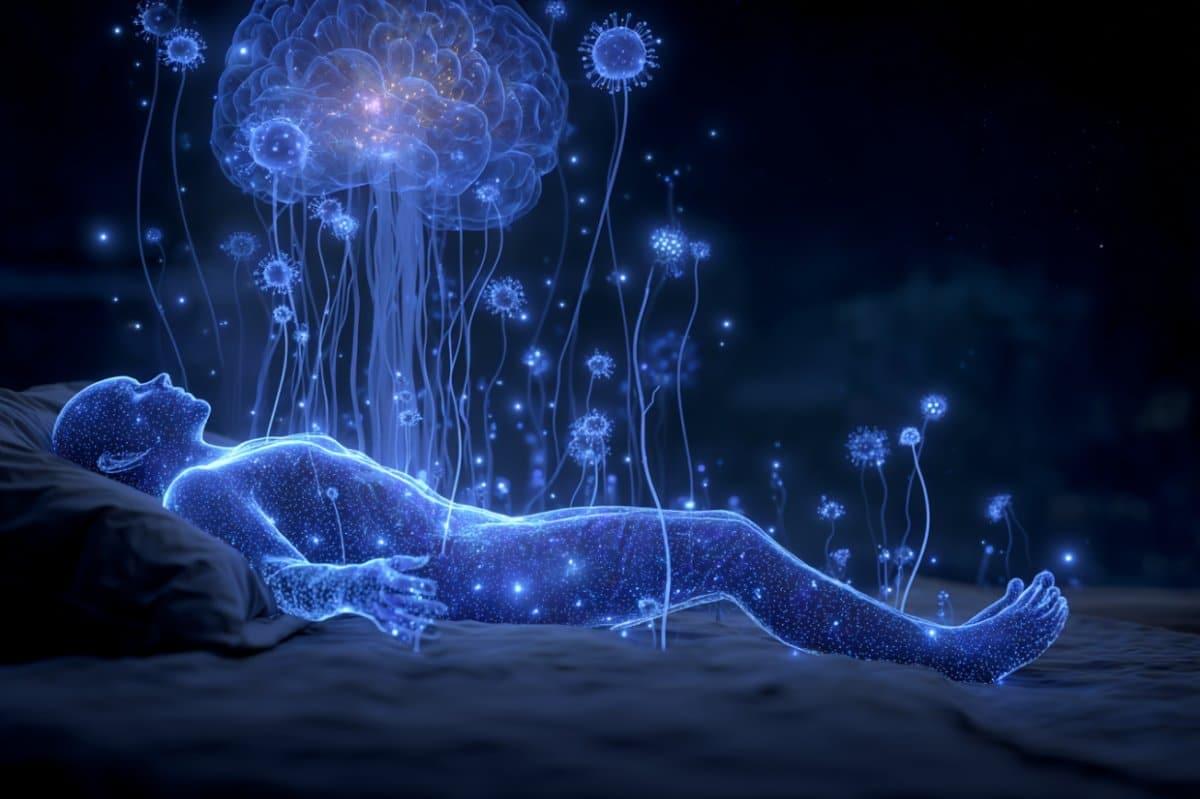

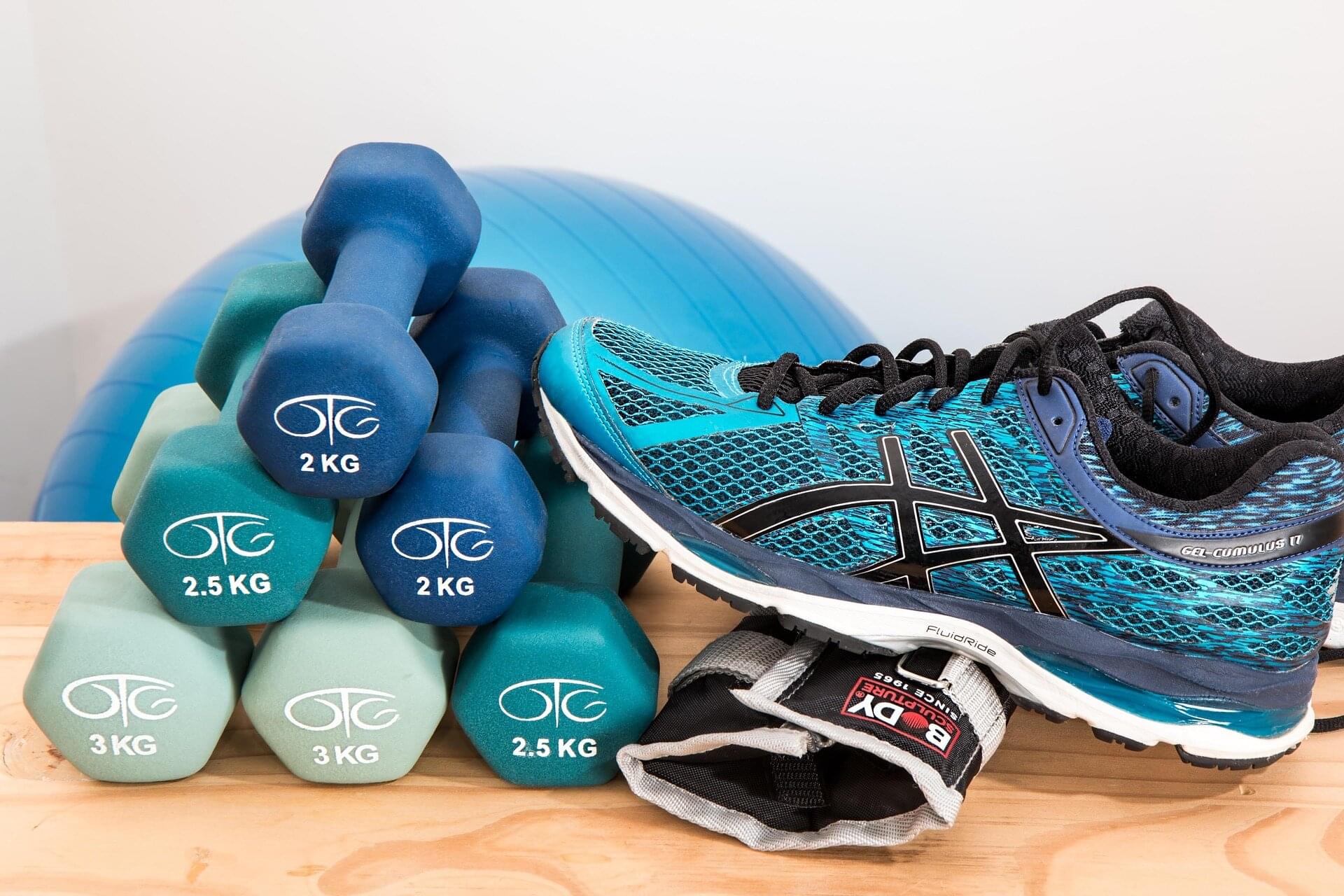
Columbia University Medical Center-led research reports that home high-intensity aerobic training improved ataxia symptoms, fatigue, and aerobic fitness more than dose-matched home balance training in individuals with cerebellar ataxias.
Cerebellar ataxias are a group of different disorders marked by progressive loss of coordination that leads to disability. About 150,000 people in the US live with these conditions, with mean annual health care costs above $18,000 per person. Ongoing trials are searching for treatments that slow disease progression and improve functional abilities. Clinical practice guidelines advise balance training for cerebellar ataxia.
Previous work in ataxia has centered on balance-focused programs that can improve Scale for the Assessment and Rating of Ataxia (SARA) scores by 1.0 to 2.8 points when exercises are sufficiently challenging, a range that meets or exceeds the minimal clinically significant difference of 1.0 point.
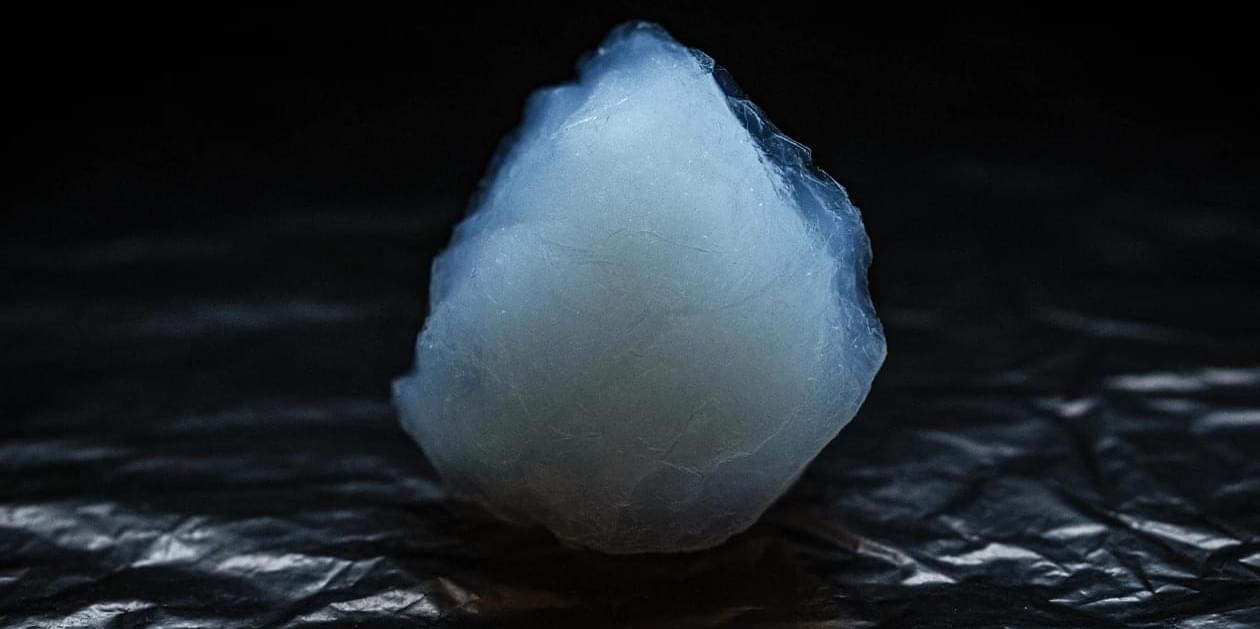

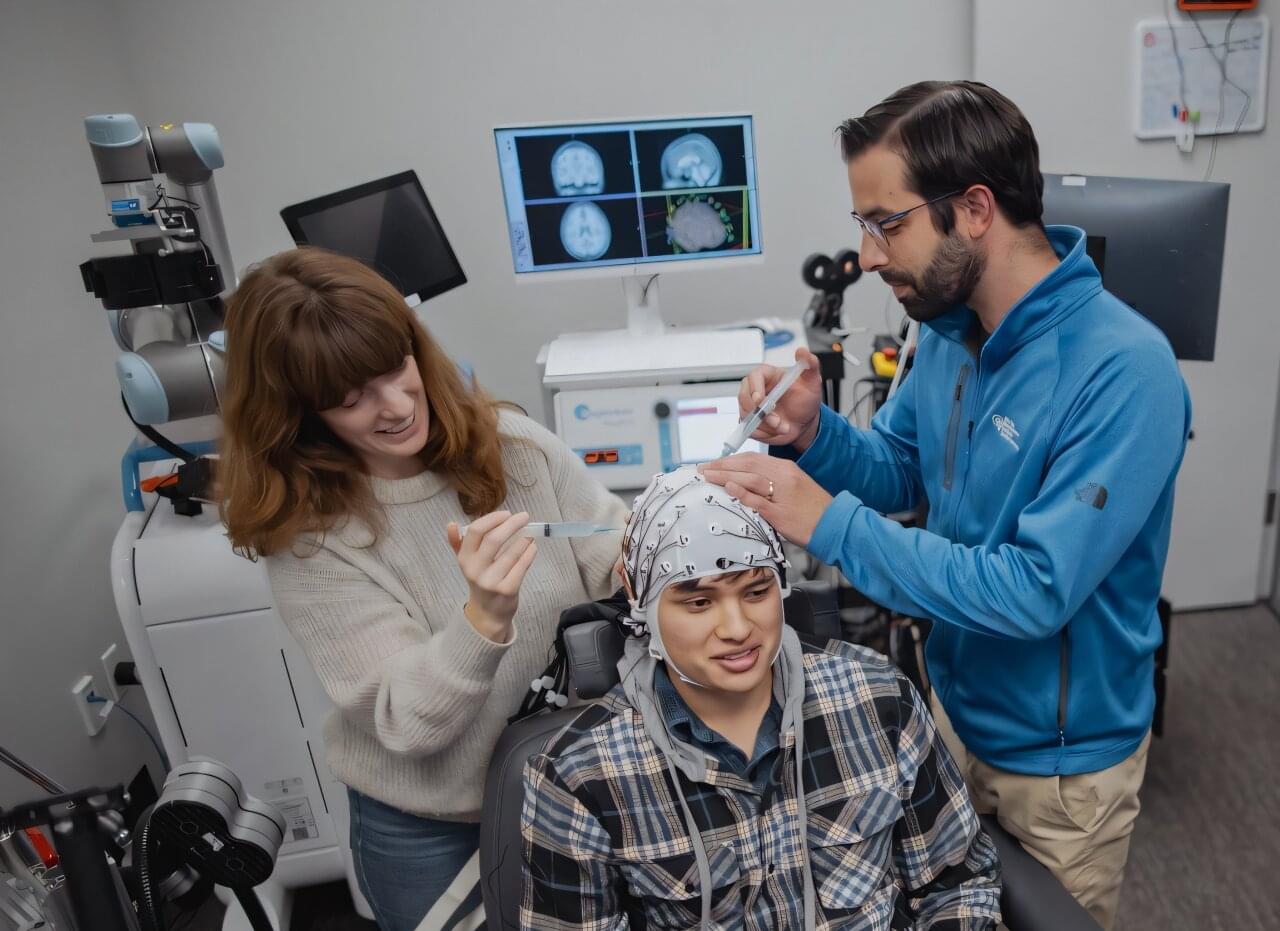
Music affects us so deeply that it can essentially take control of our brain waves and get our bodies moving. Now, neuroscientists at Stanford’s Wu Tsai Neurosciences Institute are taking advantage of music’s power to synchronize brain waves to boost the effectiveness of a technique called transcranial magnetic stimulation (TMS), a promising tool for both basic brain research and treating neuropsychiatric disorders.
Specifically, institute affiliate Jessica Ross and colleagues used TMS pulses to induce movements in people’s hands—a common testing ground for new ideas in the field. By carefully timing those pulses to music, the team found they could double the impact of TMS.
“Because there’s this really strong connection to movement, music can engage motor pathways in the brain. If you’re listening to a certain kind of rhythm, there are going to be very specific times at which your brain is most ready for the TMS effect,” said Ross, an instructor in the Department of Psychiatry and Behavioral Sciences at Stanford Medicine.

As a wound heals, it goes through several stages: clotting to stop bleeding, immune system response, scabbing, and scarring. A wearable device called “a-Heal,” designed by engineers at the University of California, Santa Cruz, aims to optimize each stage of the process. The system uses a tiny camera and AI to detect the stage of healing and deliver a treatment in the form of medication or an electric field. The system responds to the unique healing process of the patient, offering personalized treatment.
The portable, wireless device could make wound therapy more accessible to patients in remote areas or with limited mobility. Initial preclinical results, published in the journal npj Biomedical Innovations, show the device successfully speeds up the healing process.
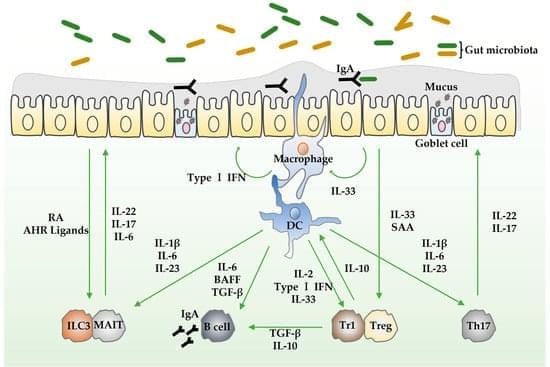
Cytokine-targeted therapies have shown efficacy in treating patients with ulcerative colitis (UC), but responses to these advanced therapies can vary. This variability may be due to differences in cytokine profiles among patients with UC. While the etiology of UC is not fully understood, abnormalities of the cytokine profiles are deeply involved in its pathophysiology. Therefore, an approach focused on the cytokine profile of individual patients with UC is ideal. Recent studies have demonstrated that molecular analysis of cytokine profiles in UC can predict response to each advanced therapy. This narrative review summarizes the molecules involved in the efficacy of various advanced therapies for UC. Understanding these associations may be helpful in selecting optimal therapeutic agents.